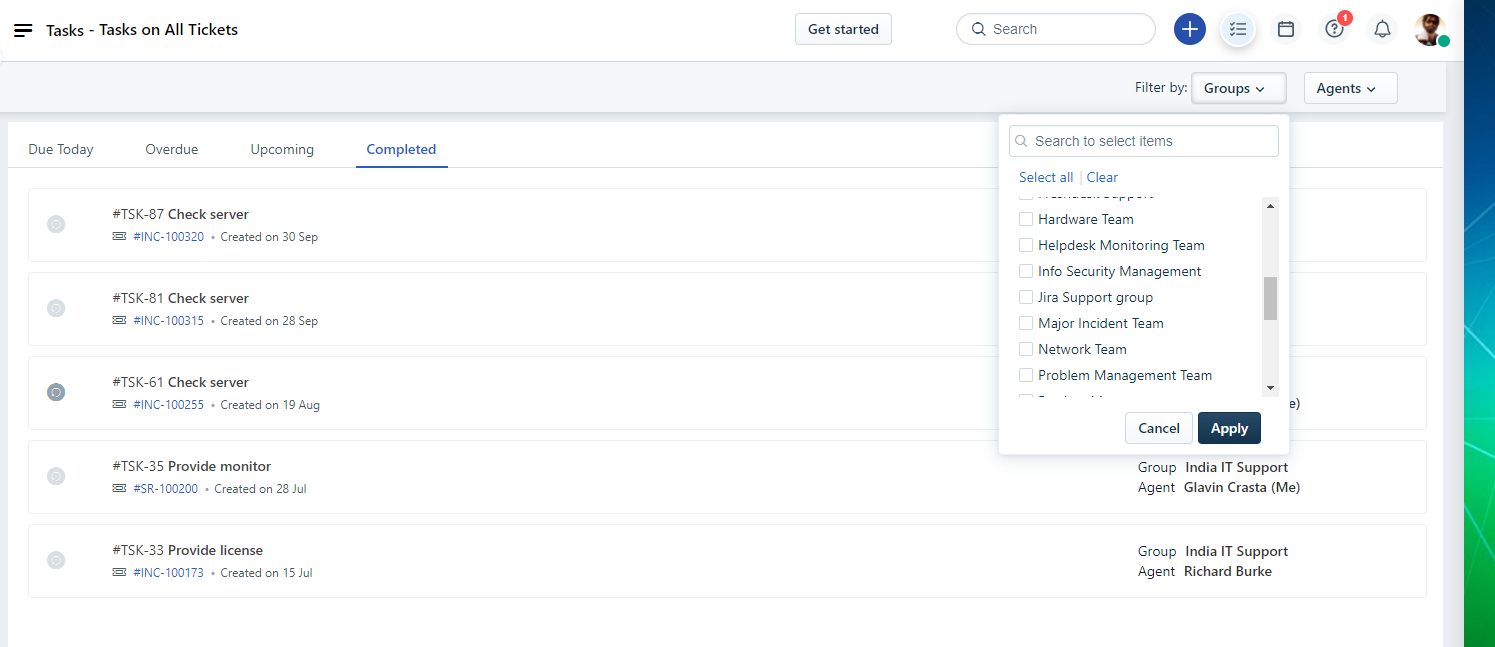Hello FreshService Community!
We have been in the process of rolling out ITIL framework and FreshService to our five internal IT teams (Network/Support/Development/PM/AV) and in the process, each team has started to delegate incident and service related items in different ways. Some are using child tickets exclusively, some are using tasks exclusively, and others are using a hybrid of child tickets and tasks. We have run through a few scenarios, and have worked with each of these individual areas and have found their point-of-view (visibility/organization/flexibility) of each to be valid.
However, when it comes to reporting and communication between each of them, we run into inconsistent data and visibility, respectively. This causes executives to question the reporting data accuracy, and confusion on which methods of communications are used by individual teams.
Communication between the teams is also heavily reliant on the additional communication methods (like Teams/Outlook). As we move forward, how can we get each group to use the same methods of recordkeeping and move communication/visibility into FreshService? We initially thought tasks would be the way to go on this, but found the notifications and visibility of tasks (especially group tasks) were cumbersome. We considered child tickets, but there were issues with structuring and timing them for our needs, and end-users become confused when seeing associated tickets being closed or seeing duplicate tickets in the portal. So, we went back to ITIL 4 for guidance and found no mention of either.
If there is anyone that has run into this situation before, please let me know what you’re doing now.
Thank you!

